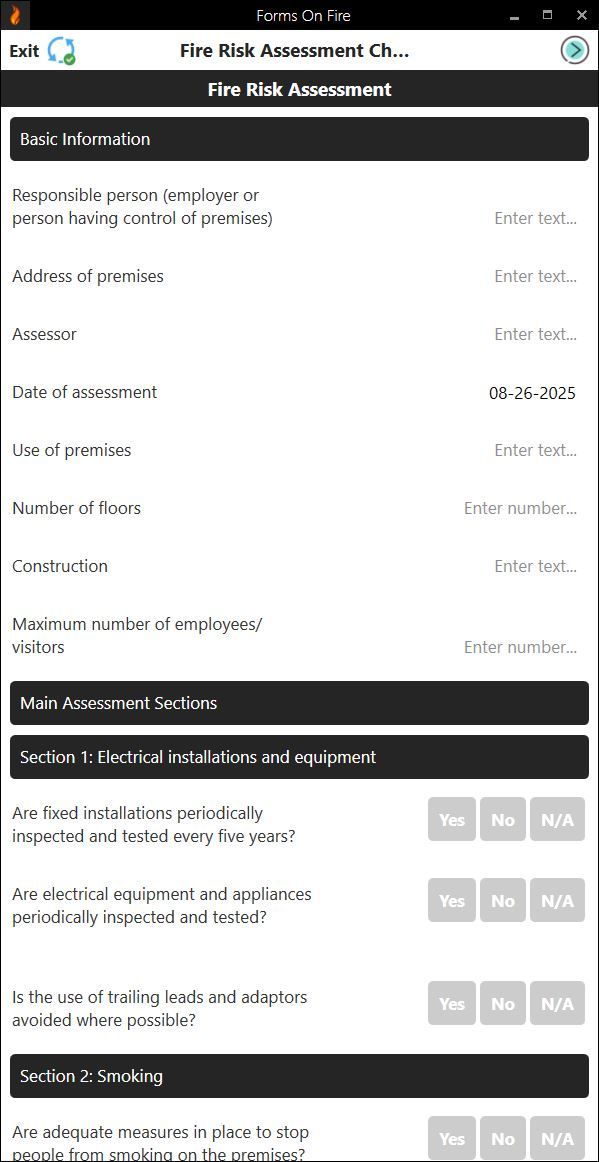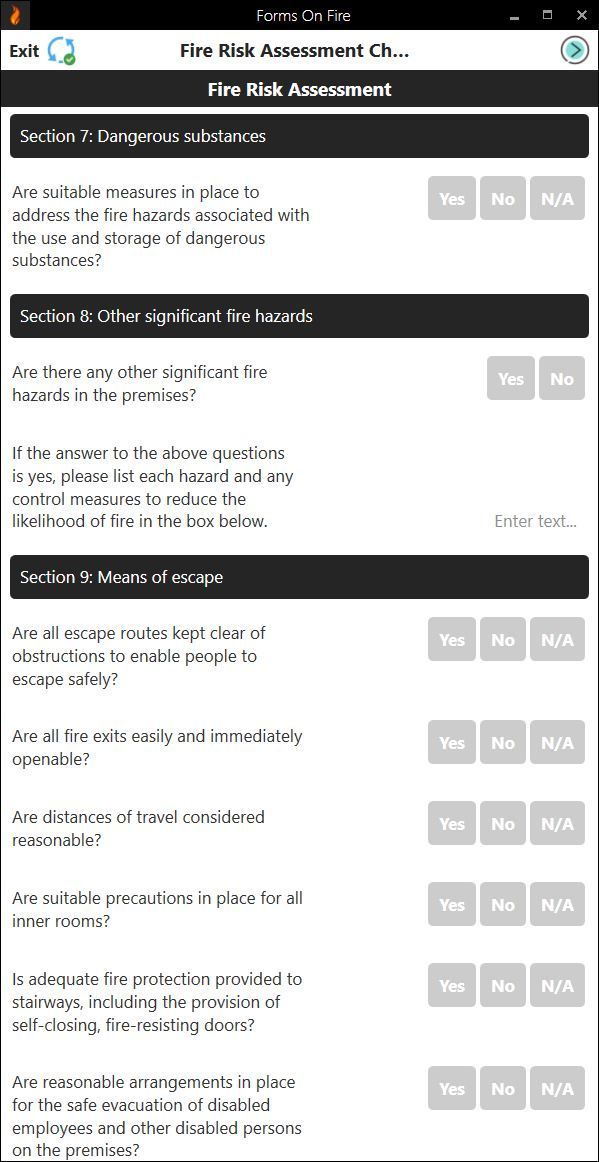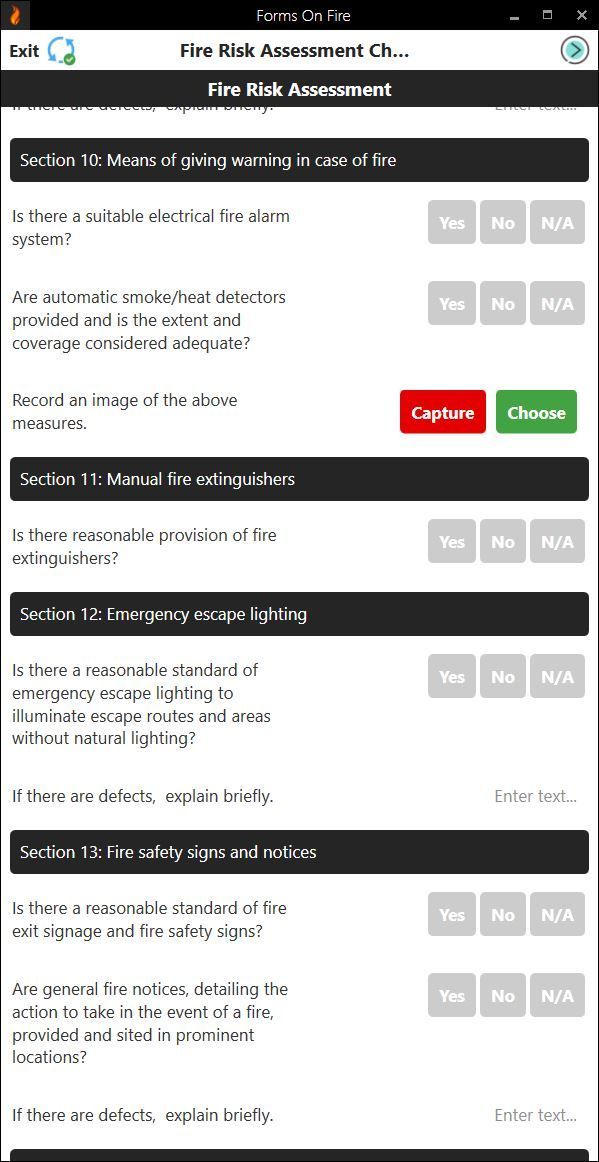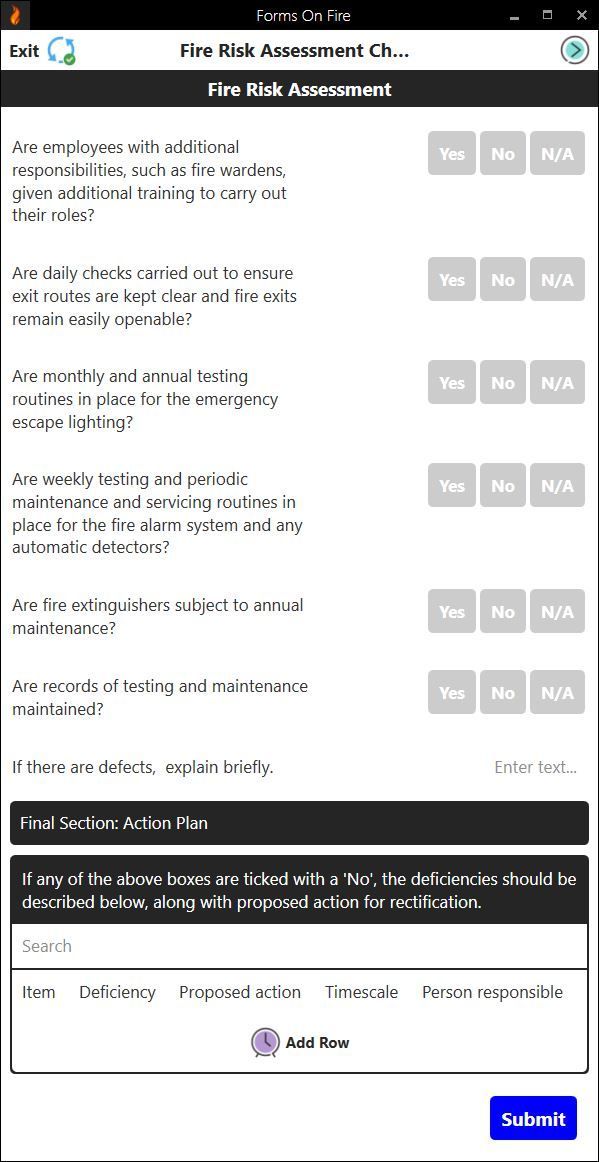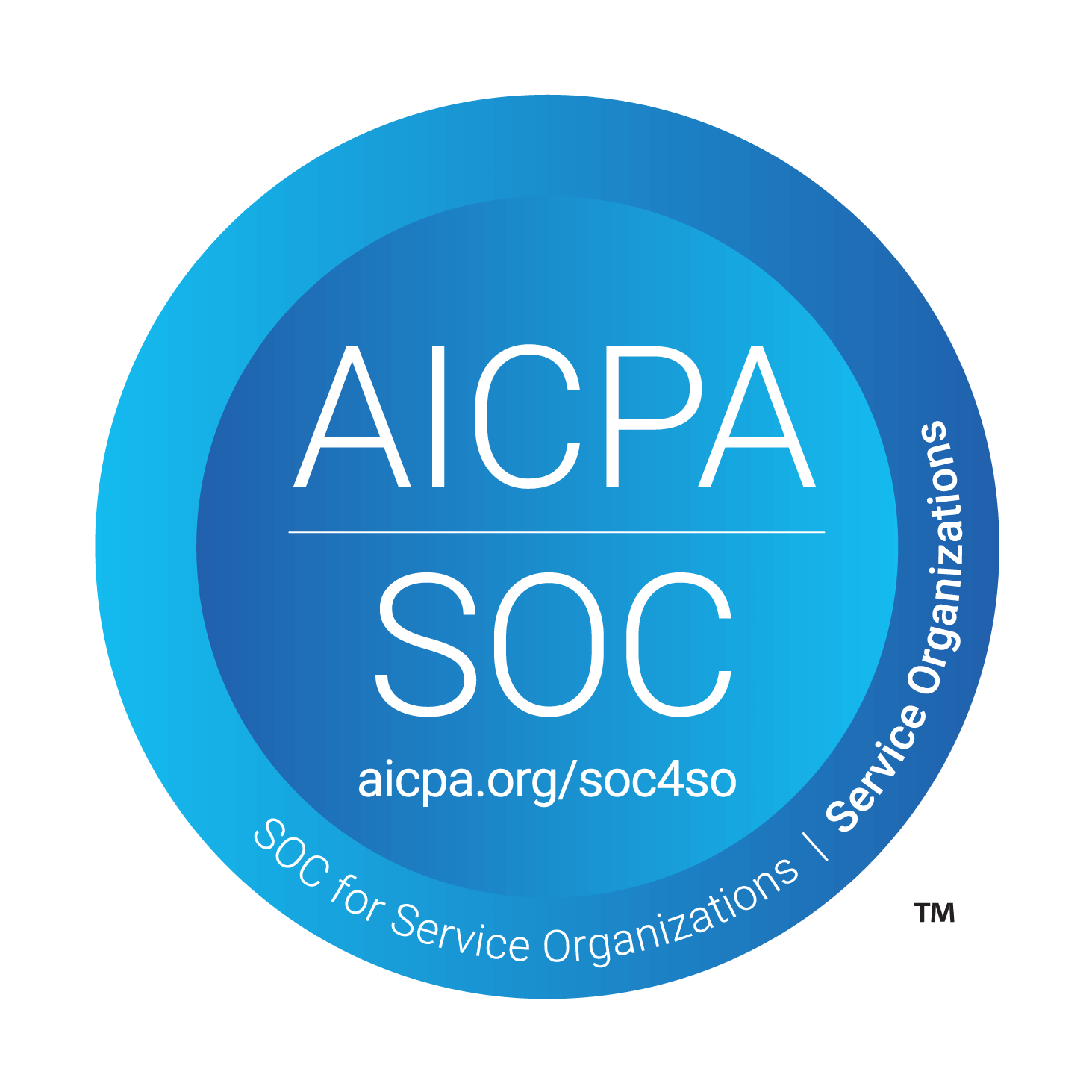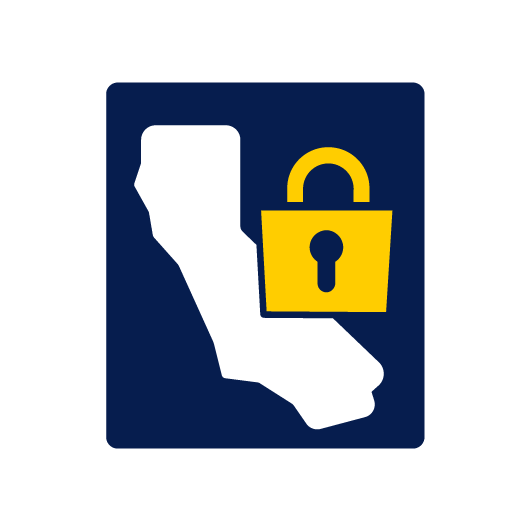How to Do a Proper Fire Safety Risk Assessment [Checklists Included]
You walk past fire hazards every day without seeing them. That extension cord, those stacked boxes, the blocked exit… all invisible until flames start spreading. Fire risk assessments hunt for everything that could ignite, burn, or trap people in case of a fire emergency.
Business owners who skip this process risk regulatory fines — but even more important, they're gambling with people's lives. Landlords face the same high stakes when tenants get hurt in preventable fires.
This guide walks you through the complete fire safety risk assessment process: from spotting fire hazards to building action plans to eliminate them.
Let’s fireproof your facility.
Fire risk assessment 101
Before we get into the weeds, here are some fire safety basics:
- Prevention comes first. You're hunting for fire hazards before they become disasters. Think overloaded electrical outlets, improperly stored flammable materials, or blocked exit routes.
- Preparedness saves lives. When fire does strike, people need to know exactly what to do and where to go. Your assessment identifies escape routes, determines where fire extinguishers belong, and reveals whether your current emergency plan makes sense.
- Compliance keeps you in business. OSHA violations can shut you down and cost serious money.
- Safety protects everything you've built. Your people, your property, your reputation. A regular fire risk assessment is just another type of insurance.
The buck stops with employers — that's federal law. But wise business owners don't handle this alone. You have several options:
- Qualified internal staff (someone with proper training and certification)
- Professional fire safety consultants
- Local fire department inspectors (many offer commercial services)
- Insurance company specialists (sometimes included with your coverage).
Whoever conducts your assessment needs to understand fire science, building codes, and your specific industry hazards. Friend’s nephew who "knows about safety stuff" doesn't count.
How are fire risk assessments regulated?
For US workplaces, OSHA sets the baseline. Their General Duty Clause requires you to provide a workplace "free from recognized hazards." Specific standards cover emergency action plans (29 CFR 1910.38), fire prevention plans (29 CFR 1910.39), and portable fire extinguishers (29 CFR 1910.157).
NFPA provides the technical standards. These aren't legally binding unless adopted by your local authority, but they represent industry best practices:
- NFPA 101 (Life Safety Code): building design and exit
- NFPA 10 (Portable Fire Extinguishers): placement and maintenance
- NFPA 25 (Water-Based Fire Protection Systems): sprinkler system inspection
- NFPA 72 (Fire Alarm and Signaling Code): detection systems.
Local fire codes often have the final word. Your city or county may impose stricter requirements than federal standards. Check with your local fire marshal's office; they're usually happy to clarify what applies to your situation.
How often should a fire safety assessment be performed?
Annual assessments work for most standard office and retail environments where things stay relatively stable. High-risk operations need quarterly or semi-annual reviews:
- Manufacturing with changing processes
- Chemical storage or handling
- High employee turnover
- Seasonal operational variations
Immediate reassessment is non-negotiable after any fire incident, major renovations, new equipment installation, occupancy changes, or near-miss events. Between formal assessments, monthly supervisor walk-throughs catch obvious problems before they become disasters.
Digital fire risk assessment checklist
Here is a digital fire risk assessment checklist we built using Forms On Fire. You can access it by starting a free trial of Forms On Fire, among hundreds of other templates inside our database.
You can click on any of the screenshots to enlarge them.
Steps for conducting a fire safety risk assessment
Most workplace fires are preventable, but only if you spot the dangers before they become disasters. Here's your complete roadmap through the five-step fire risk assessment process — from hunting down hidden hazards to building action plans that actually save lives when it matters most.
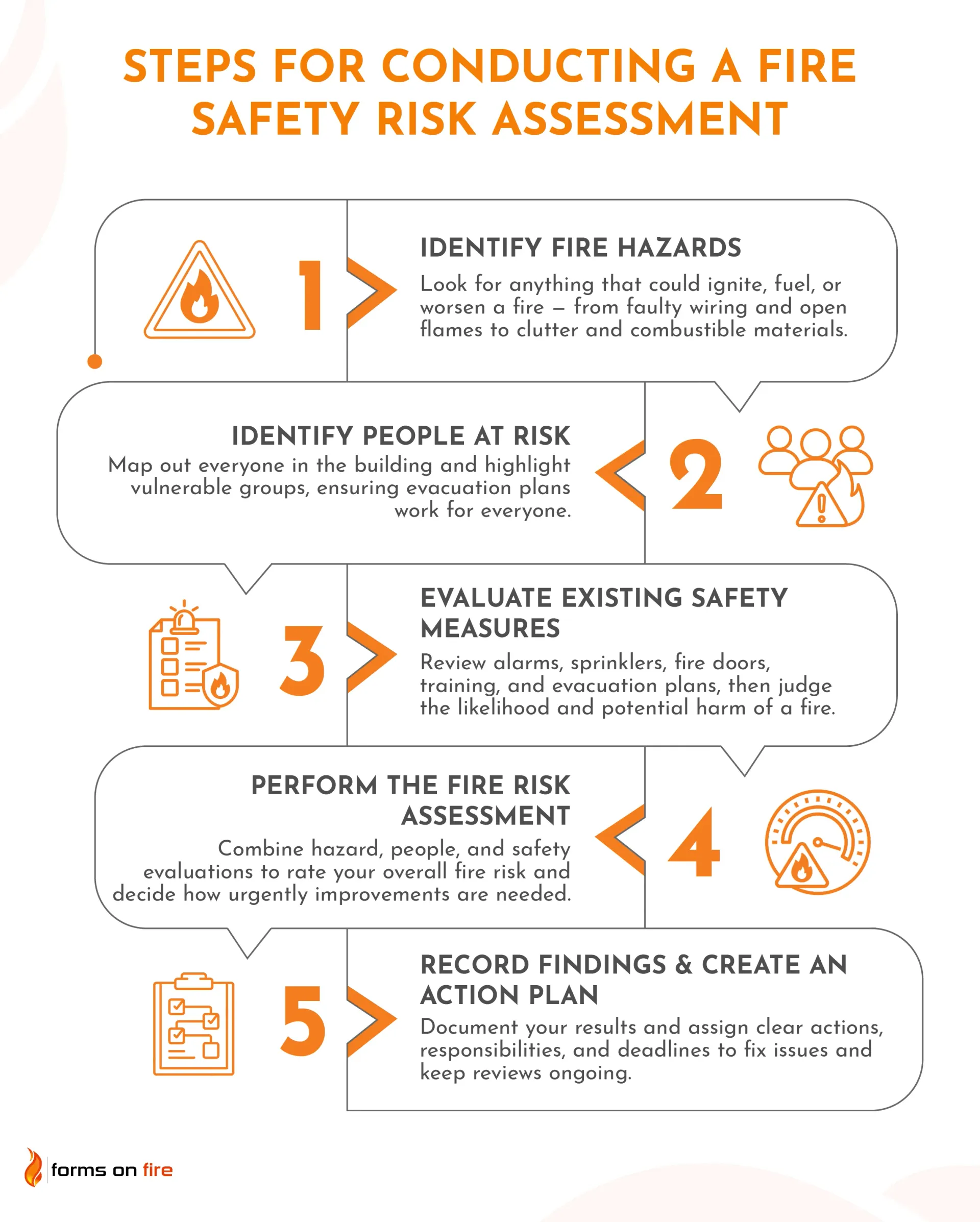
Step 1: Identify fire hazards
Think of fire hazards as anything that could start a fire or feed one once it starts. You're looking for three things: what can ignite, what can burn, and what can make it worse.
Ignition sources hide in plain sight:
- Electrical equipment (especially overloaded outlets and damaged cords)
- Heating systems and hot surfaces
- Open flames from equipment or processes
- Static electricity and friction from machinery
- Smoking materials.
Fuel sources are everywhere you look:
- Paper, cardboard, and packaging materials
- Cleaning chemicals and solvents
- Textiles and furniture
- Overstocked inventory creates fire loads
- Waste materials and clutter.
Sources of oxygen usually mean normal air circulation, but pay special attention to ventilation systems, compressed oxygen for medical or industrial use, and any processes that generate oxygen-rich environments. Don't forget structural features that can spread fire quickly: open stairwells, unprotected openings between floors, combustible building materials, or long corridors without fire barriers.
Fire classes determine your response strategy. The US and Canada use the same Classes A through K, each requiring different extinguishing methods:
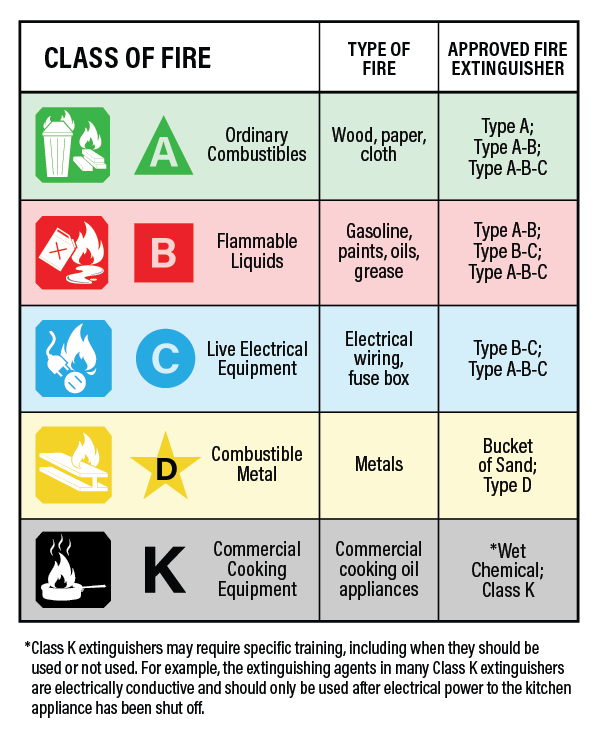
Check our fire extinguisher rating chart for more info.
Europe uses a slightly different classification system (A, B, C, D, F), and Australia follows the European model.
Step 2: Identify people at risk
Fire doesn't discriminate, but some people face higher risks than others. You need to map out who's in your building and understand their specific vulnerabilities — because your evacuation plan only works if it accounts for everyone's abilities and limitations.
Start with everyone who uses your space regularly: employees, visitors, customers, contractors, service personnel, tenants in shared buildings, and delivery drivers.
Identify vulnerable groups among them. They often become casualties not because the fire was worse, but because standard evacuation procedures failed them:
- Children who might hide instead of evacuating
- Elderly individuals who move slowly or need assistance
- People with mobility impairments who can't use stairs
- Individuals with hearing impairments who might miss alarms
- Visually impaired people who need guidance to exits.
The goal is to create a complete picture of human risk so you can design evacuation procedures that work for real people in real situations.
Step 3: Evaluate existing safety measures
If fire breaks out right now, do your existing protections give people a real chance to survive? Look at what's already in place:
- Fire detection systems like smoke alarms and heat detectors give early warning.
- Suppression systems, including sprinklers, fire extinguishers, and specialized systems for specific hazards, can stop fires before they spread.
- Passive protection like fire doors, fire-rated walls, and compartmentalization slows fire spread and protects escape routes.
Your emergency procedures matter just as much as hardware. Evacuation plans, fire warden training, regular drills, and clear signage can mean the difference between organized evacuation and deadly chaos. Don't forget maintenance programs — like regular fire extinguisher inspections — that keep all this equipment actually working when you need it.
To do this step properly, you need to assess the risk of a fire occurring and consider the potential consequences of a fire.
1) DETERMINE THE RISK OF A FIRE OCCURRING
Rate your fire probability honestly based on current conditions:
- Low risk means hardly any fire danger — few combustible materials, no highly flammable substances, and practically no heat sources. Think well-managed modern offices with good housekeeping practices.
- Medium risk involves quantities of combustible materials and heat sources, but fire would likely remain confined or spread slowly. Most retail and light manufacturing operations fall here.
- High risk means serious danger to life — substantial combustible materials, highly flammable substances, or conditions allowing fast spread of fire, heat, or smoke. Chemical storage facilities, woodworking shops, and poorly maintained older buildings often rate high.
2) DETERMINE THE POTENTIAL CONSEQUENCES IF A FIRE WAS TO OCCUR
Consider your building layout, occupants, and current fire protection measures:
- Slight harm means a fire outbreak unlikely to cause serious injury or death.
- Moderate harm suggests fire could injure one or more people, but probably won't involve multiple fatalities.
- Extreme harm indicates significant potential for serious injury or death of multiple occupants.
Important sidenote: people sleeping on premises automatically push consequences toward extreme harm because they can't respond quickly to early warning signs.
Step 4: Perform the fire risk assessment
This is where everything comes together. You've identified hazards, mapped out vulnerable people, and evaluated your current safety measures. Now you combine those findings to get a clear picture of your actual fire risk and what you need to do about it.
Using the results from the last step, cross-reference your fire occurrence probability (low, medium, or high) with your potential consequences (slight, moderate, or extreme harm).
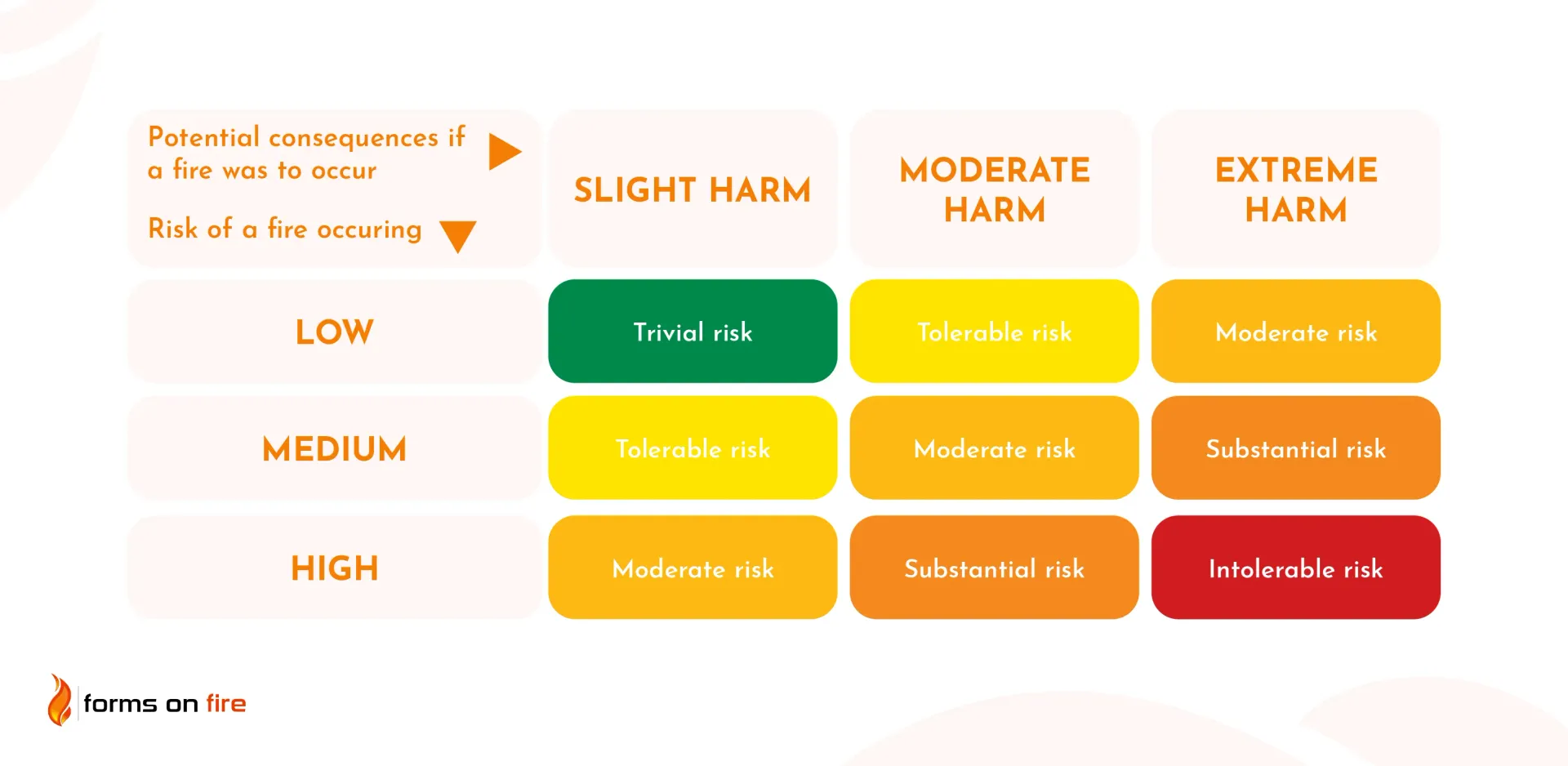
Use your risk rating to determine action level and timescale.
For example:
- That well-managed office with trivial risk requires no action beyond regular monitoring.
- A spare parts store with tolerable risk needs ongoing monitoring and maybe some minor improvements, like better exit signage.
- Moderate risk demands real effort — for instance, a woodworking shop needs better dust collection and fire suppression within six months.
- Substantial risk means serious money and urgent action. An auto repair shop with improper solvent storage and blocked exits needs immediate fixes before someone gets hurt.
- Intolerable risk shuts you down. A paint booth operation without proper ventilation and fire suppression simply can't operate safely. Nobody should be in that facility until you install proper controls and reduce the danger to acceptable levels.
This isn't just a hypothetical academic exercise. These ratings directly determine whether your workplace stays open and how fast you need to act.
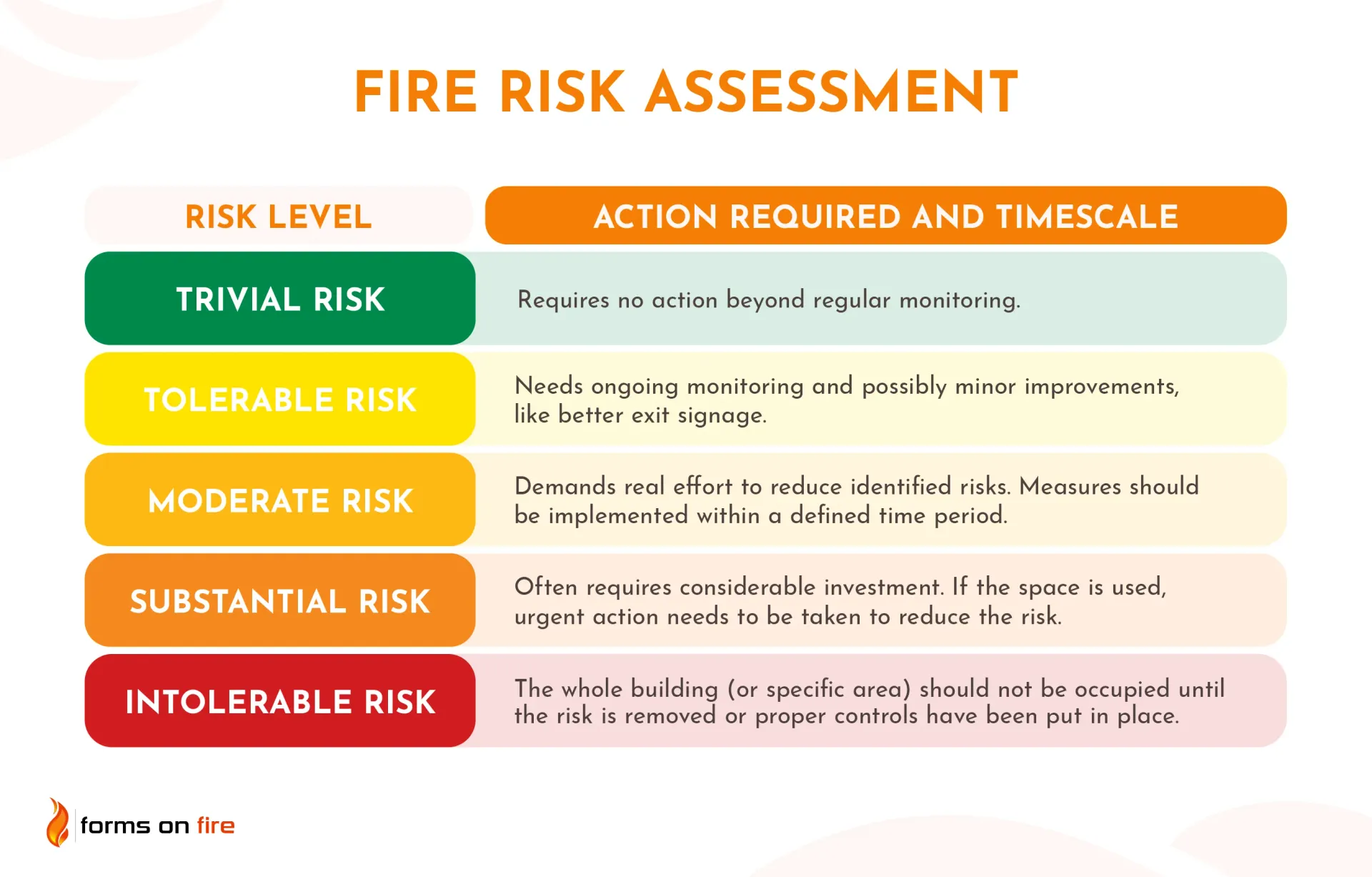
Step 5: Record your findings and create an action plan
OSHA requires written records when you have ten or more employees. We recommend documenting everything, regardless of size. When investigators show up after an incident, your documented risk assessment proves you took reasonable steps to protect people.
Your action plan becomes the bridge between identifying problems and actually fixing them. For risks rated Moderate, Substantial, or Intolerable, you need a systematic approach that assigns accountability and deadlines.
Every action item needs four essential elements: deficiency description, proposed actions, timescale, and person responsible. Vague entries like "improve fire safety" accomplish nothing. Specific entries like "Install automatic sprinkler system in warehouse – Complete by March 15 – Facilities Manager responsible" create accountability and measurable progress.
Here's what a comprehensive action plan might look like:
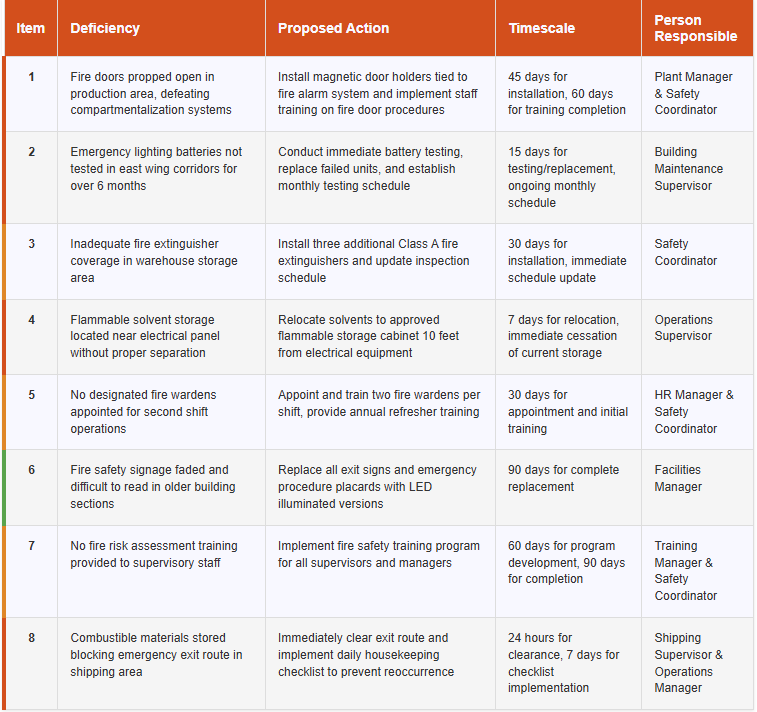
Review your fire risk assessment when these situations occur:
- Immediate triggers: Any fire incident, premises layout changes, new equipment installation, occupancy changes, or modified work processes
- Scheduled reviews: Annually for standard operations, quarterly/semi-annually for manufacturing, chemical storage, or high-turnover workplaces
- Monthly walk-throughs: Train supervisors to spot storage changes blocking exits, new heat sources, or combustible material buildup
Don't wait for scheduled reviews when operational changes invalidate your assessment. The businesses that avoid disasters treat this as ongoing operational intelligence, not just tedious annual paperwork.
Build a digital fire safety risk assessment template with Forms On Fire
Paper checklists get lost, damaged, or forgotten in desk drawers when you need them most. Forms On Fire transforms your fire safety risk assessments into smart digital tools that work anywhere, anytime.
Our cloud-based platform lets you build a digital fire safety risk assessment template that guides your assessors through every step systematically. No more missed items, illegible handwriting, or lost paperwork. The assessments can be completed on tablets or smartphones, with automatic photo capture for hazards, GPS location tracking, and instant report generation.
Creating your personalized fire safety template takes minutes. Forms On Fire's drag-and-drop builder lets you customize assessment forms for your specific industry, building type, and risk factors. You can:
- Take our existing fire risk assessment template.
- Add conditional logic that shows relevant questions based on previous answers.
- Include photo requirements for high-risk areas and identified fire hazards.
- Build in automatic calculations for risk ratings.
Ready to ditch the clipboard? Start your free trial today and explore our comprehensive template database. Your fire safety assessment just got smarter, faster, and more reliable.

